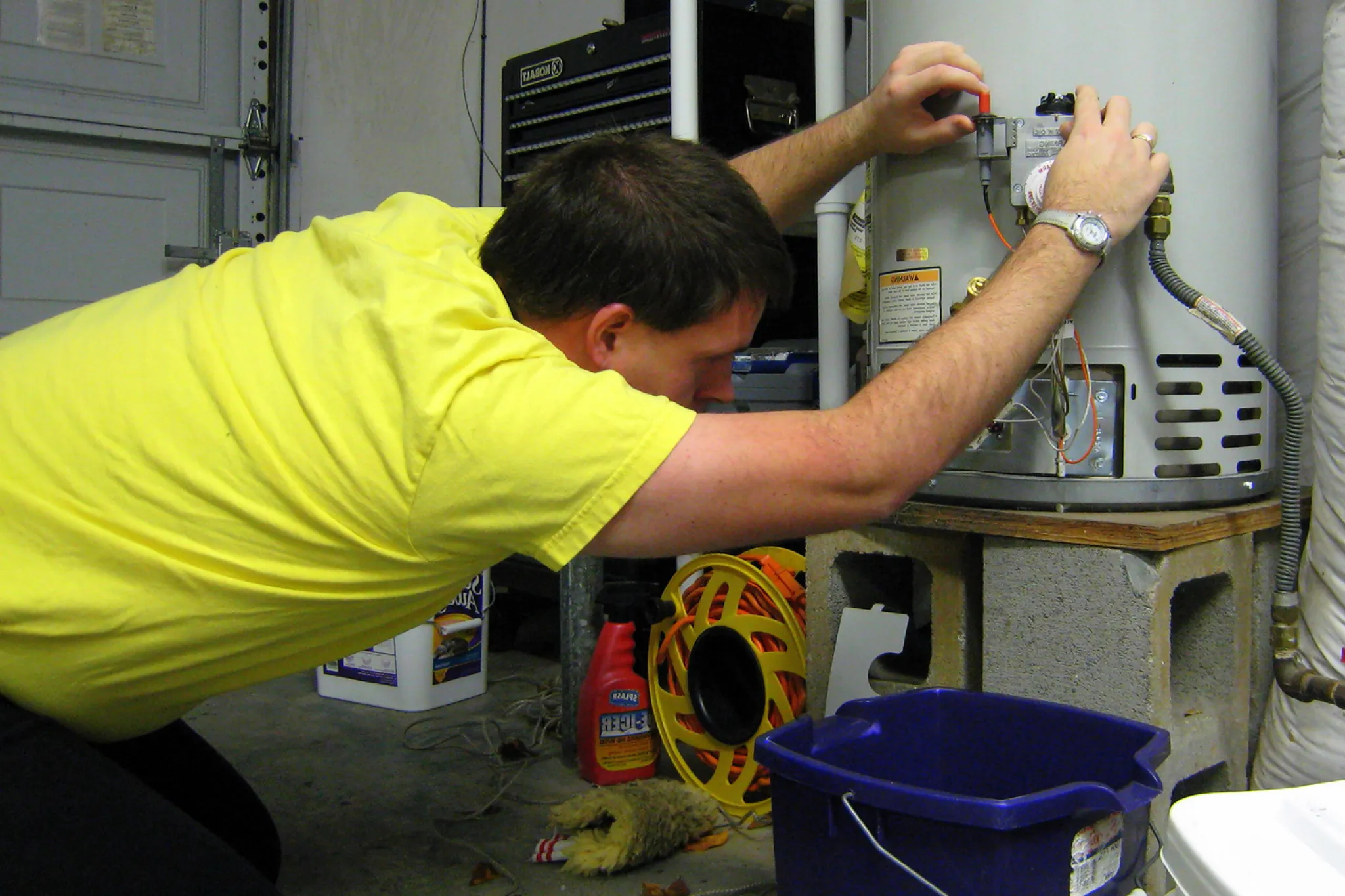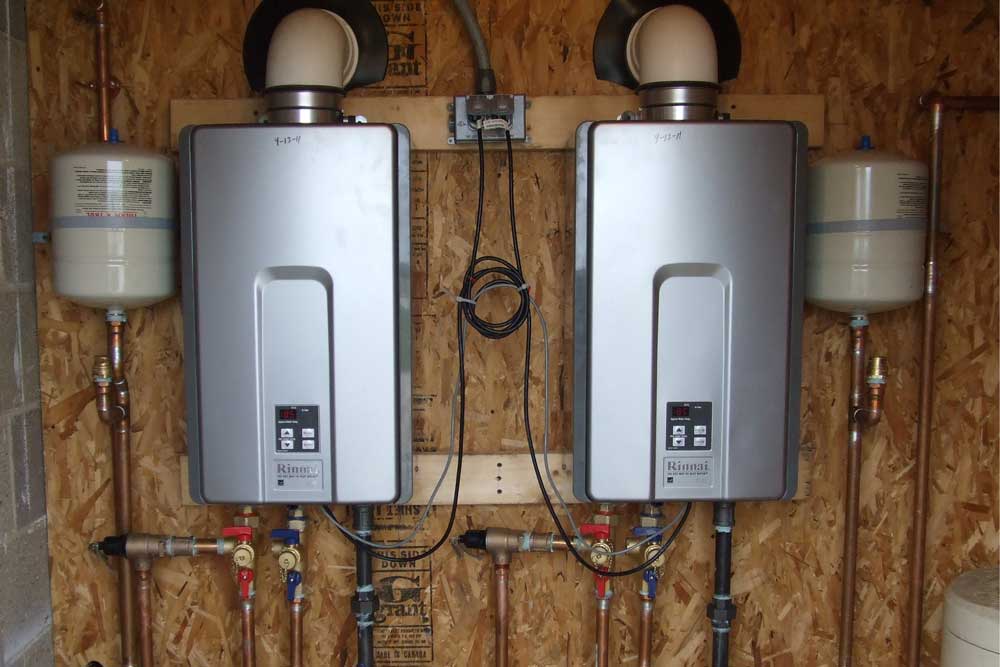Step-by-Step Steps to Caring for Your Home's Hot Water System
Step-by-Step Steps to Caring for Your Home's Hot Water System
Blog Article
The publisher is making several great observations on Tips For Maintaining Your Hot Water Heater in general in this article beneath.

Hot water is necessary for day-to-day convenience, whether it's for a rejuvenating shower or cleaning recipes. To ensure your hot water system runs successfully and lasts much longer, routine upkeep is crucial. This write-up provides sensible ideas and insights on how to preserve your home's hot water system to prevent interruptions and expensive repairs.
Intro
Maintaining your home's warm water system could appear overwhelming, yet with a few simple actions, you can guarantee it runs efficiently for years to come. This overview covers whatever from recognizing your hot water system to do it yourself upkeep pointers and knowing when to call in expert help.
Relevance of Maintaining Your Warm Water System
Regular upkeep not only prolongs the lifespan of your hot water system however additionally ensures it runs efficiently. Disregarding maintenance can cause reduced performance, higher power costs, and even early failing of the system.
Indications Your Hot Water System Requirements Upkeep
Knowing when your warm water system requires attention can avoid significant problems. Keep an eye out for signs such as irregular water temperature level, unusual sounds from the heating system, or corroded water.
Comprehending Your Hot Water System
Before diving right into maintenance jobs, it's valuable to comprehend the standard parts of your hot water system. Normally, this consists of the hot water heater itself, pipelines, anode poles, and temperature controls.
Month-to-month Upkeep Tasks
Regular month-to-month checks can assist capture minor problems prior to they rise.
Purging the Hot Water Heater
Purging your hot water heater removes sediment accumulation, enhancing performance and lengthening its life.
Checking and Changing Anode Rods
Anode poles protect against deterioration inside the tank. Inspecting and replacing them when worn is critical.
Evaluating and Changing Temperature Setups
Changing the temperature level setups ensures optimal performance and safety.
DIY Tips for Maintenance
You can do a number of upkeep jobs on your own to maintain your warm water system in top problem.
Looking for Leaks
Routinely evaluate pipes and links for leaks, as these can lead to water damage and higher bills.
Testing Stress Alleviation Valves
Checking the stress relief valve ensures it works properly and stops extreme stress accumulation.
Shielding Pipes
Protecting hot water pipes lowers warmth loss and can conserve power.
When to Call a Specialist
While DIY maintenance is useful, some problems need expert know-how.
Complicated Problems Requiring Professional Aid
Instances consist of major leaks, electrical troubles, or if your hot water heater is continually underperforming.
Routine Professional Maintenance Conveniences
Expert maintenance can include complete assessments, tune-ups, and guaranteeing compliance with safety and security requirements.
Final thought
Normal upkeep of your home's warm water system is important for performance, durability, and cost financial savings. By following these suggestions and understanding when to look for expert help, you can make sure a reputable supply of warm water without unexpected disruptions.
Water Heater Maintenance: The Basics
Maintaining your water heater will ensure it operates efficiently and has a longer lifespan. Neglecting regular maintenance can lead to costly repairs and an even bigger chunk of your savings if you have to replace it sooner than necessary. But there’s good news: Most water heater maintenance tasks are relatively simple and easy for homeowners with basic DIY skills.
Flush the Water Heater
Over time, sediment and minerals can build up in the tank, reducing its efficiency and potentially causing damage. To flush the tank, turn off the power or gas supply, attach a hose to the drain valve near the bottom and open the valve to drain the water until it runs clear. Ideally, flush the tank annually.
Replace the Anode Rod
The anode rod is a sacrificial metal rod that helps prevent corrosion inside the tank. Inspect and replace it every three to five years or per the manufacturer's recommendation. To replace the anode rod, turn off the power or gas supply, drain a few gallons of water from the tank, unscrew the old rod and replace it with a new one. If the anode rod is significantly corroded or covered in calcium buildup, it's a sign the water heater may need to be replaced soon.
Tune-Up
A yearly tune-up can help identify potential issues and ensure your water heater operates at peak efficiency. This typically involves checking the thermostat, burner assembly (for gas heaters) and any other components specified by the manufacturer. During a tune-up, the technician may also clean the burner and adjust the pilot light (for gas heaters) or examine the heating elements (for electric heaters).
How to Maintain Your Water Heater
Insulate the tank. Insulating the tank can improve energy efficiency and reduce heat loss, saving you money on energy bills. You can purchase precut insulation blankets designed specifically for water heaters or use standard fiberglass insulation wrapped securely around the tank. Check the temperature. The recommended water temperature for most households is around 120 degrees Fahrenheit (49 degrees Celsius). Higher temperatures can increase energy costs and potentially cause scalding. Use a kitchen thermometer to check the temperature at the faucet nearest the water heater. Monitor water pressure. Excessive water pressure can strain the water heater and cause leaks or even tank failure. Install a pressure-reducing valve if necessary. The ideal water pressure range is between 60 and 70 PSI (pounds per square inch). Test the temperature and pressure (T&P) relief valve. The T&P relief valve is a safety feature that releases pressure if the tank gets too hot or the pressure builds up too high. Test it annually by lifting the lever and allowing a small amount of water to release. Replace the valve if it doesn't release water or reseal properly. Check for leaks. Regularly inspect the tank, pipes and fittings for leaks or corrosion. Deal with issues promptly to prevent further damage. Even a small leak can lead to significant water damage over time. Consider a tankless water heater. If your traditional tank-style water heater is nearing the end of its lifespan ( typically 10 years), consider replacing it with a tankless water heater. These units heat water on demand, reducing standby energy losses and potentially saving you money on your energy bills. Schedule professional maintenance. While homeowners can perform many water heater maintenance tasks, it's still a good idea to schedule professional maintenance every few years. A plumber or HVAC technician can thoroughly inspect the unit, identify potential issues and ensure it operates safely and efficiently. https://www.homeserve.com/en-us/blog/home-improvement/hot-water-heater-maintanence/

We were guided to that write-up on Tips on Maintaining a Water Heater from a good friend on another web address. Appreciated our piece? Please share it. Let someone else check it out. I value your readership.
Book An Estimate Now Report this page